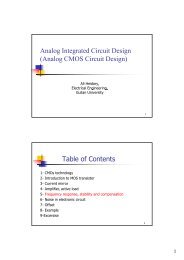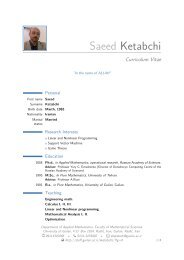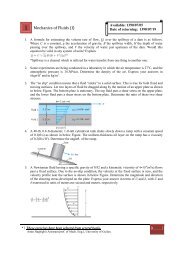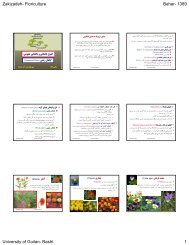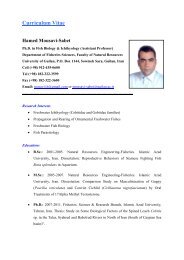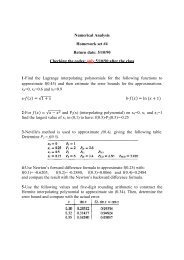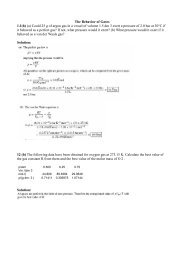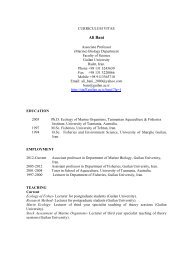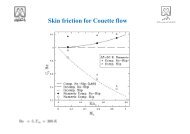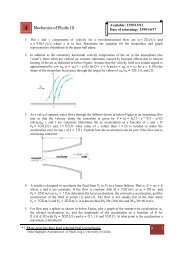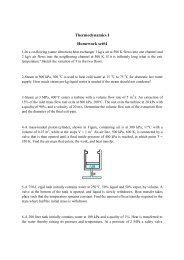Medical Tourism in Developing Countries
Medical Tourism in Developing Countries
Medical Tourism in Developing Countries
- No tags were found...
Create successful ePaper yourself
Turn your PDF publications into a flip-book with our unique Google optimized e-Paper software.
Promot<strong>in</strong>g <strong>Medical</strong> <strong>Tourism</strong> ● 141Patents are crucial for medical tourism s<strong>in</strong>ce they regulate the use offoreign technology, devices, and pharmaceuticals <strong>in</strong> dest<strong>in</strong>ation countries.Given that the United States is at the forefront of medical <strong>in</strong>novation, thediscussion of patents below focuses on the American experience (as Cogan,Hubbard, and Kessler po<strong>in</strong>ted out, Americans have received more Nobelprizes <strong>in</strong> medic<strong>in</strong>e and physiology than researchers from all other countriescomb<strong>in</strong>ed, eight of the ten most important medical <strong>in</strong>novations of the past30 years orig<strong>in</strong>ated <strong>in</strong> the United States, and eight of the world’s top-sell<strong>in</strong>gdrugs are produced by American companies 3 ).PatentsThe structure of patent law worldwide dictates that U.S. patent holders havereal reason to be concerned about the outsourc<strong>in</strong>g of their goods. Patentprotection is highly territorial; <strong>in</strong> other words, a product that is patented <strong>in</strong>the United States is protected only <strong>in</strong> the United States, and does not carrythis protection <strong>in</strong> every other country around the world. Rather, were acompany to seek protection for one of its products, it would have to applyfor patents <strong>in</strong> every country where it wanted protection. This fact raises ahost of further concerns, as the availability and breadth of patent protectionalso varies from country to country. Some countries, for example, excludecerta<strong>in</strong> types of products from patentability (TRIPS § 27(3)(A), for example,states that member countries may exclude “diagnostic, therapeutic, and surgicalmethods” from patentability; under the U.S. patent regime, medicalprocedures are protected). Thus the American pharmaceutical <strong>in</strong>dustry musttake <strong>in</strong>to account not only the costs of patent<strong>in</strong>g abroad, but also the veryreal possibility that its products may not even be eligible for protectionabroad. The difficulty and expense of patent<strong>in</strong>g worldwide, and the lack ofprotection <strong>in</strong> some areas, makes the duplication of medic<strong>in</strong>es, procedures,and mach<strong>in</strong>ery abroad not only a possibility, but also a certa<strong>in</strong>ty. Indianpharmaceutical companies, for example, violate no U.S. laws by creat<strong>in</strong>g ageneric version that exactly duplicates a medic<strong>in</strong>e that is patented only <strong>in</strong>the United States. To the extent that some products are not patented abroad,U.S. citizens travel<strong>in</strong>g for medical care will have access to the same productsthey would get at home, except at a lower cost.A further concern for U.S. pharmaceuticals is that foreign hospitalsconduct<strong>in</strong>g research will improve upon an exist<strong>in</strong>g product, and perhapspatent that improved version. A U.S.-protected patent holder does not havethe right to automatically hold patents over all the improvements on itsexist<strong>in</strong>g patent. Thus, a foreign company or hospital that runs competitivefacilities and is <strong>in</strong>terested <strong>in</strong> research and development will be able to patent





